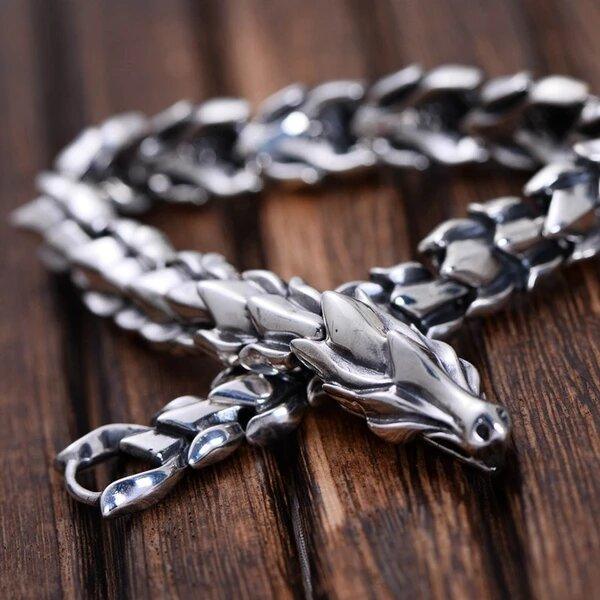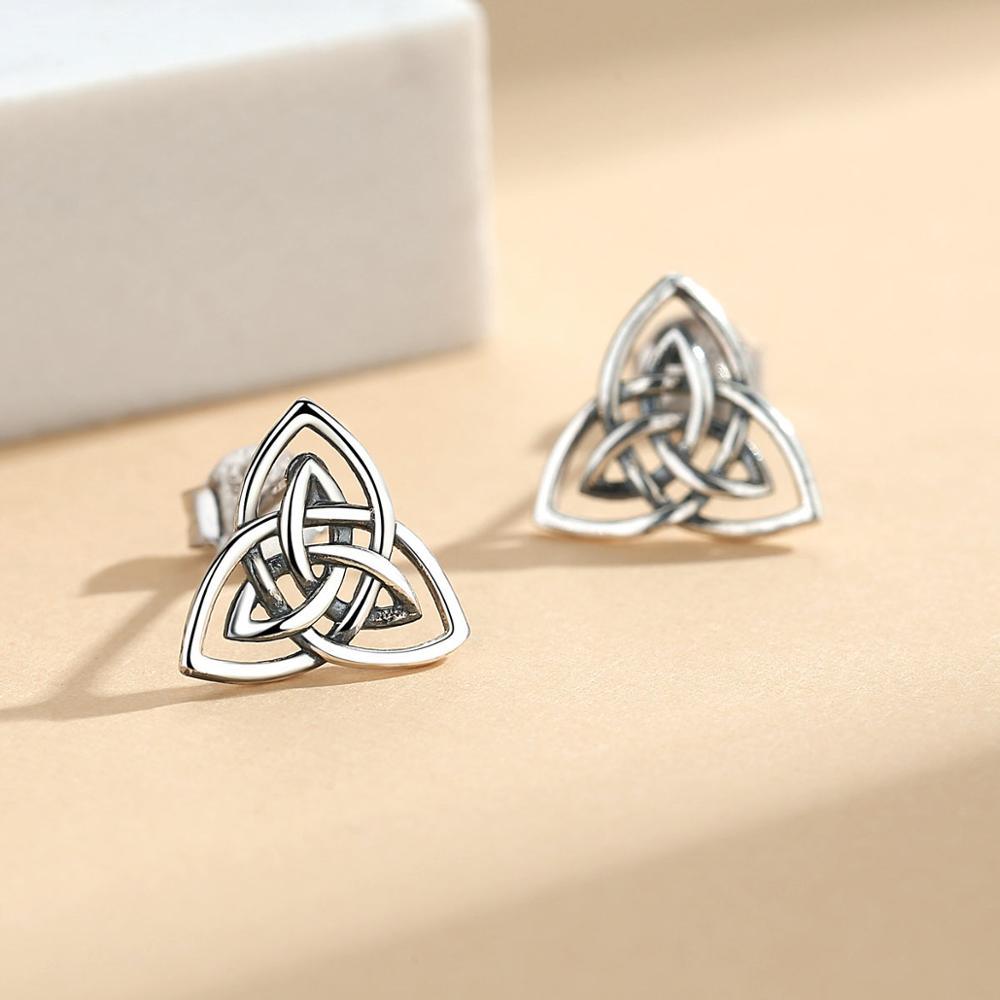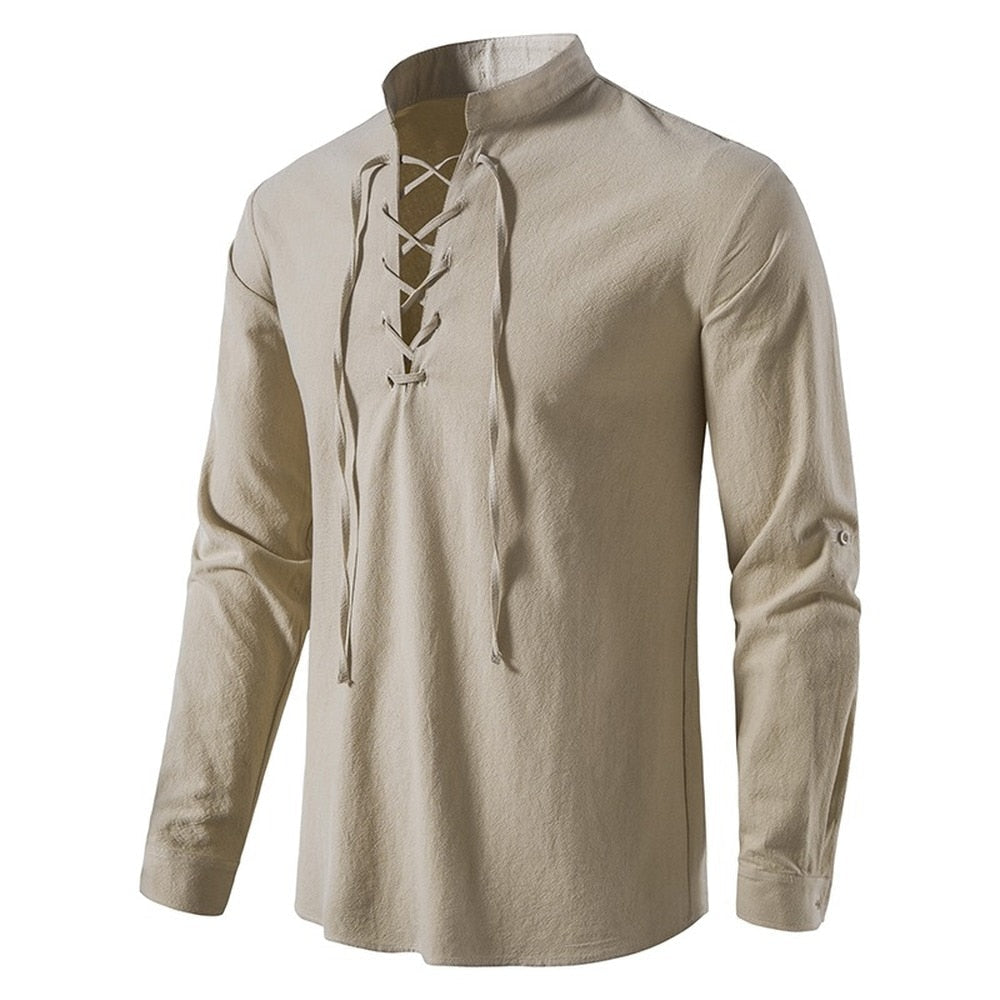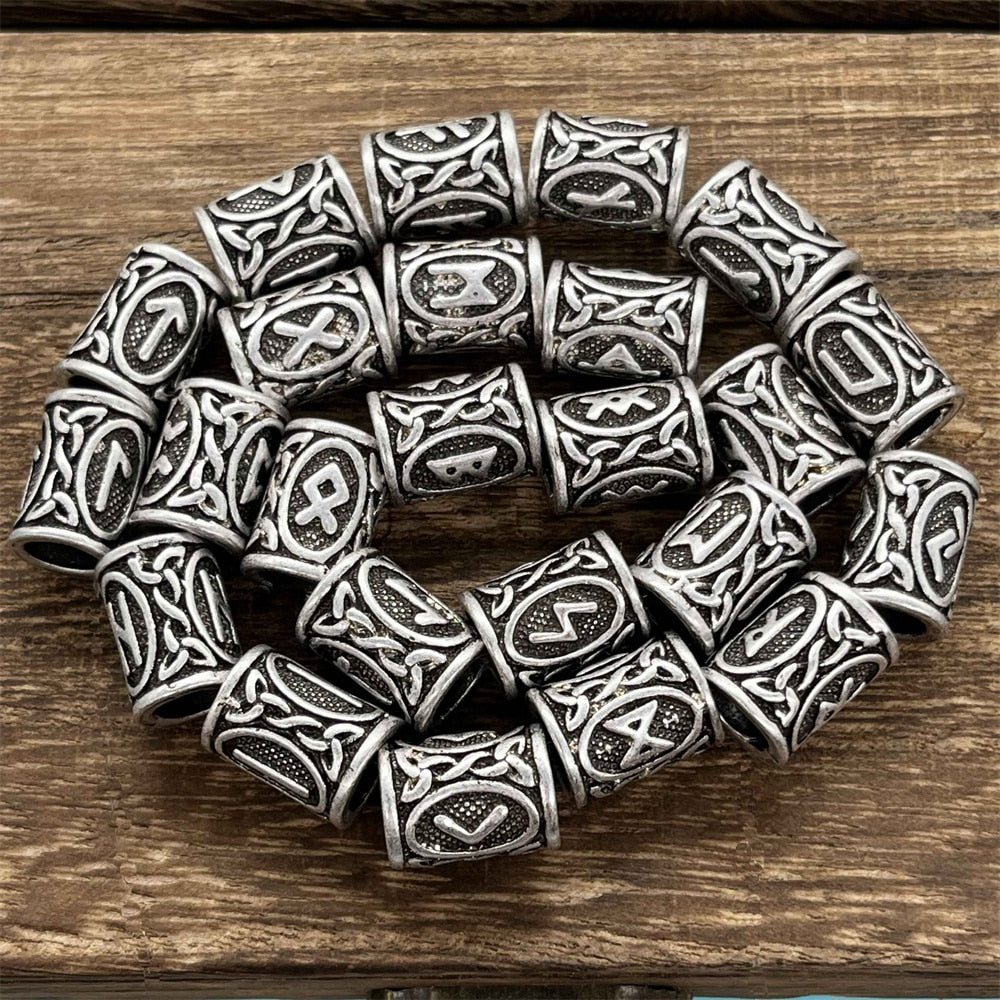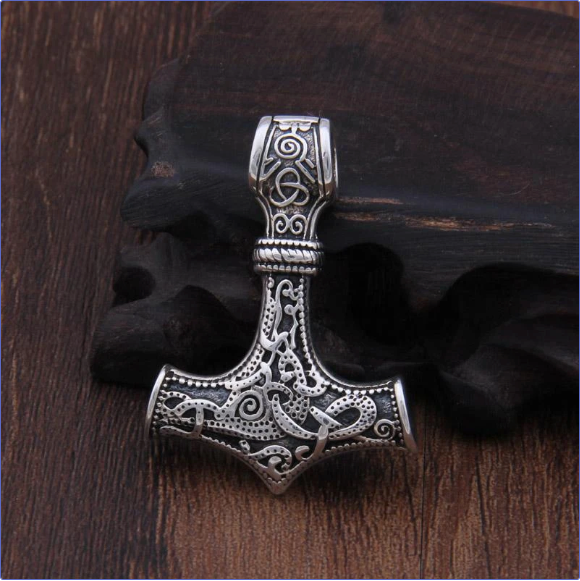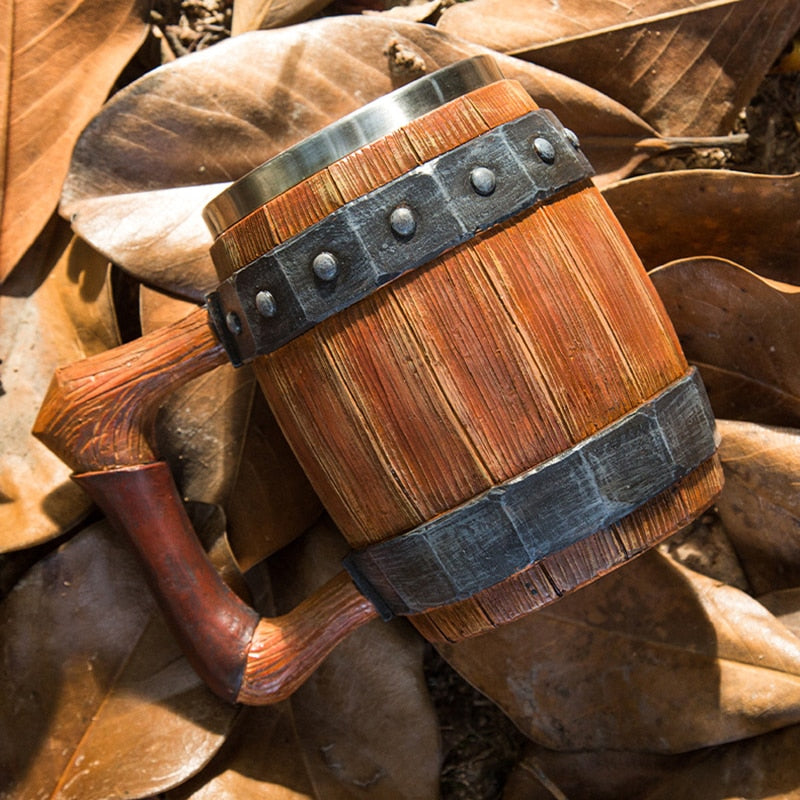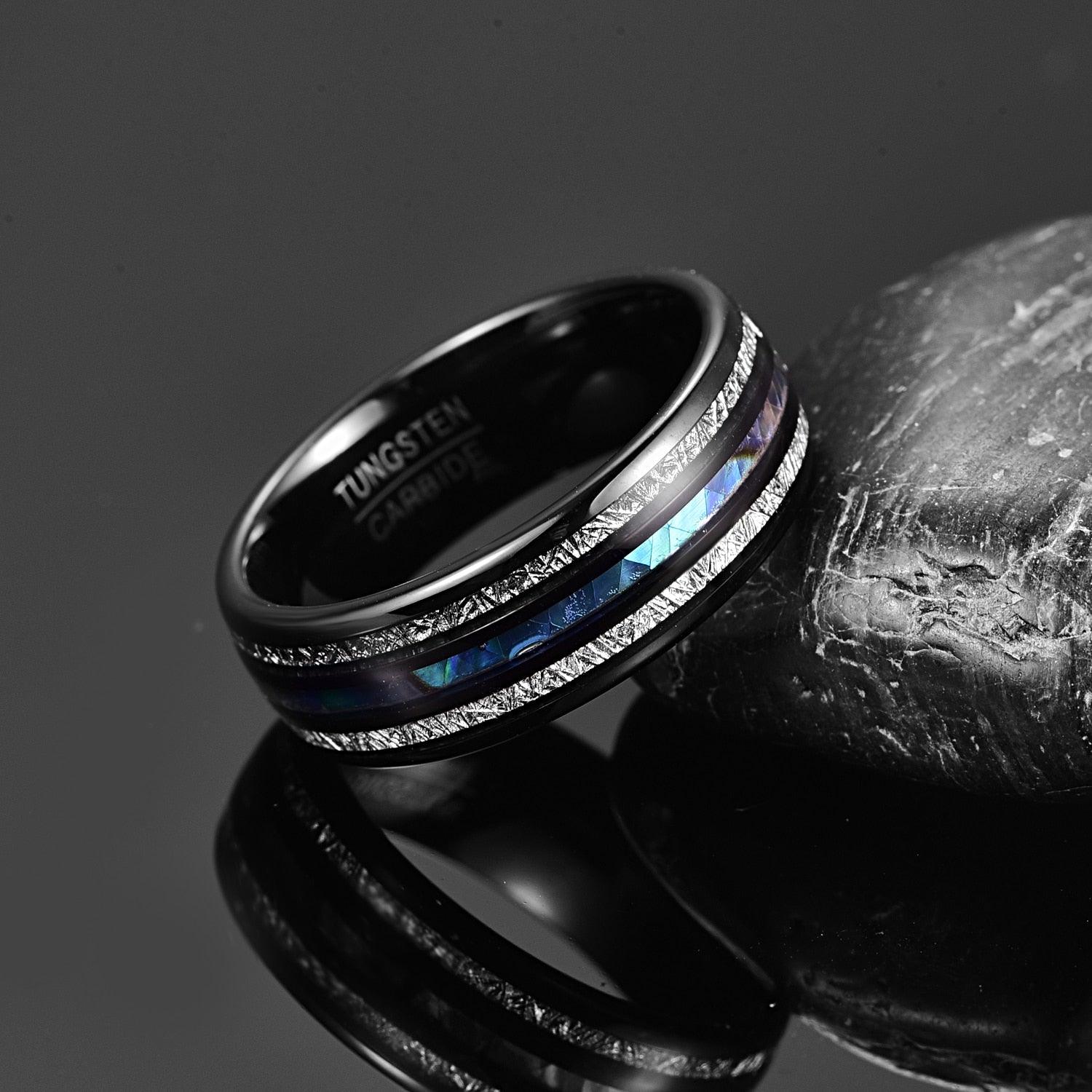Old Norse legends depict a chilling resident of the grave: the draugr. These revenants — corporeal, often violent undead — stalk the sagas and the folk-tales of Scandinavia, guarding burial mounds, avenging slights, and sometimes simply terrorizing the living. The draugr sits at the crossroads of belief, law, and oral storytelling: part myth, part social warning, and part reflection of real anxieties about death and memory in Viking-age and medieval Scandinavian societies.

What is a draugr?
The term draugr (Old Norse) refers broadly to a kind of animated corpse or revenant. Unlike incorporeal ghosts, draugar (plural) are described as having physical bodies — they can be fought, stabbed, or burned. Sagas and folktales present them with a range of characteristics: sometimes bloated and blue-black with the stench of decay, sometimes uncannily well-preserved; sometimes they guard treasure in their barrows, other times they roam the countryside, wreaking havoc on livestock and people. Their motives vary, but envy, greed, unavenged wrongs, and lingering attachments to the world of the living are recurring themes.
Draugar in the sagas — stories that bite back
Medieval Icelandic sagas are the main literary sources for modern ideas about draugar. One of the most frequently cited episodes involves Grettir’s saga, where Grettir the Strong battles a reanimated corpse and other supernatural foes. Another well-known revenant is Glámr, whose post-mortem terrorizing (and the curse he leaves behind) is a classical revenant: an ordinary death followed by an extraordinary, hostile return. Sagas like Eyrbyggja provide additional tale-threads — outbreaks of revenant activity, barrow-dwelling guardians, and episodes where the living must use cunning and ritual to lay the dead to rest for a second and final time. These stories are not merely spooky entertainments; they encode social norms about burial, inheritance, and the consequences of greed or violent behavior.

Traits, powers, and how to stop them
Descriptions of draugar vary, but a few features recur: superhuman strength; ability to change size or assume terrifying shapes; an association with burial mounds (haugr) and treasure and, sometimes, the foul odors or discoloration of a decaying corpse. Depending on the tale, the draugr may be vulnerable to sunlight, fire, or iron; in other stories, more elaborate rituals (exorcism-like rites, decapitation, burning, or weighing down the corpse with stones) are required to prevent a return. The emphasis on a “second death” — destroying or dismembering the corpse in a way that ensures it cannot arise again — shows that for medieval Norse audiences, the boundary between life and unlife could be managed by specific physical and ritual acts.
Archaeology, death, and cultural memory
Archaeologists remind us to be cautious: literary images of draugar do not equal archaeological proof of belief in zombie-like corpses, but they do illuminate how communities thought about burial and the dangers of the dead. Burial mounds and chambered tombs across Scandinavia were social spaces: places for memory, patrimony, and power. The idea that the dead could remain active in their graves likely reinforced social taboos around grave-robbing and offered explanations for misfortune that might otherwise have been inexplicable. In short, draugar are mythic expressions of very human worries about property, honor, and the afterlife.
From the sagas
Old Norse (Íslendingasögur text), with translation (adapted from Denton Fox, 1974):
Glámr’s Death and the Beginning of the Haunting:
Glámr þótti þeim óþokkasamr, er þar váru, því at hann var stór vexti ok sterkr sem tveir menn, en grimmligr ok óblíðr.
… Þá varð hann úti í ofviðri miklu ok fannst síðan dauðr; var hann þá blár sem hel ok mikill sem naut. (Glámr was disliked by all who lived there, for he was huge of body and as strong as two men, but grim and surly.
… Then he was caught in a great storm and later found dead; he was blue as death and swollen like an ox.)
This passage introduces Glámr as a foreign shepherd — a stranger, isolated and ominous. His unnatural death in a snowstorm sets the stage for his transformation into a draugr. The blue-black (blár sem hel) description is one of the defining physical traits of a Norse undead.
The Draugr Awakes
Eptir þetta var eigi kyrrt; sáu menn hann oft síðan. Þótti þeim þá eigi gott at vera, því at hann gerði mikit ógæfuverk; drap bæði menn ok fé. (After that, there was no peace; people saw him often. It was not good to stay there, for he brought great misfortune — he killed both men and livestock.)
Here Glámr becomes an active revenant, terrorizing the countryside. The saga blends realistic fears (winter starvation, loss of animals) with supernatural horror. The draugr’s violence is not random — it echoes unresolved tension from his troubled life.
Grettir’s Battle with the Undead
Þá greip Glámr fast í hann, ok þótti honum eigi lítils um, því at hann var sterkastr maðr.
Þeir glímdu lengi, ok var hvorugr maðr minnugr, svá fast var átakið.
En þá er þeir höfðu lengi glímt, tók Glámr at harðna. (Then Glámr seized him tightly, and Grettir thought it no small matter, for Glámr was the strongest of men.
They wrestled long, and neither could remember himself, so fierce was the struggle.
But as they fought, Glámr’s strength began to harden and grow.)
This is one of the most vividly physical undead fights in all Norse literature — a wrestling match in the moonlight between the living and the dead. It underscores that draugar were corporeal, not ghosts, and could only be subdued through bodily combat.
The Curse of Glámr
"Þetta mun fylgja þér, Grettir," sagði hann, "að einsemd og myrkr munu hræða þig, og því muntu verða hræddari við myrkrið en flestir menn." (“This shall follow you, Grettir,” said he, “that loneliness and darkness will always terrify you, and you shall fear the dark more than any other man.”)
After being defeated, Glámr curses Grettir — and indeed, this curse shapes the rest of Grettir’s life. It is a perfect Norse twist: though the hero conquers the undead body, he cannot escape the psychic contamination of death itself.
Laying the Draugr to Rest
Grettir hjó þá höfuð af Glámi ok lagði við lík hans, en síðan brendi hann allt saman í ösku. (Grettir then cut off Glámr’s head and laid it beside his body, and afterward burned all to ashes.)
Decapitation and burning were believed to prevent the draugr’s return — a physical purification that restored order. This detail appears across multiple saga revenant episodes and reflects ritual patterns archaeologists have connected to early Scandinavian burial customs.

Moral lessons — why the draugr matters
The draugr is more than a monster; it is a story-coded moral force. Many sagas make it clear that those who become draugar were often greedy, violent, or socially disruptive in life. Their return is a narrative mechanism that punishes unresolved wrongs: loot-obsession, violent feuds, or breaches of hospitality. By literalizing the social and ethical consequences of such behaviors, the stories guided listeners toward social cohesion and warned them that inheritance disputes, unchecked violence, or sacrilegious behavior could come back to haunt not only individuals but whole communities.
From saga to screen — the draugr today
Modern popular culture has happily exhumed the draugr. Video games (notably the Elder Scrolls series), films, and contemporary fantasy often portray draugar as Nordic zombies or mummified warriors in rune-carved tombs. These modern versions selectively borrow saga elements — burial mounds, treasure-guarding, uncanny strength — and layer on new aesthetics: necromantic powers, spectral animation, or mass undead hordes. While contemporary draugar owe much to medieval sources, they are also filtered through centuries of reinterpretation, national romanticism, and modern horror tropes.

Final thoughts
The draugr endures because it is flexible: simultaneously corpse and symbol, revenant and social lesson. Whether you encounter one in a medieval saga, a museum case about funeral rites or a dimly lit video game dungeon, the draugr keeps reminding us that the past is never fully past. It returns — sometimes literally — to ask what we owe to the dead, how we remember the living, and what happens when the lines between estates, honor, and afterlife fray.
Bibliography
Price, Neil. The Viking Way: Magic and Mind in Late Iron Age Scandinavia. Oxbow Books / British Archaeological Reports, 2002 (2nd ed. 2013). ISBN-13: 978-1842172605.
Davidson, H. R. Ellis. Gods and Myths of Northern Europe. Penguin, 1964 (reprints). ISBN-13: 978-0140136272.
Lindow, John. Norse Mythology: A Guide to the Gods, Heroes, Rituals, and Beliefs. Oxford University Press, 2001. ISBN-13: 978-0195153828.





